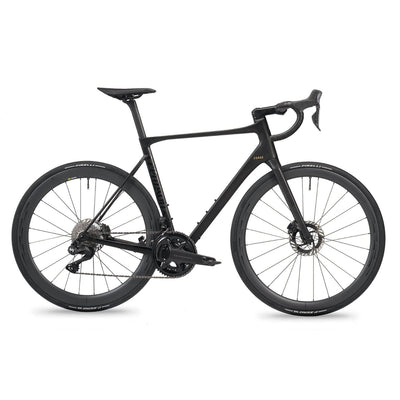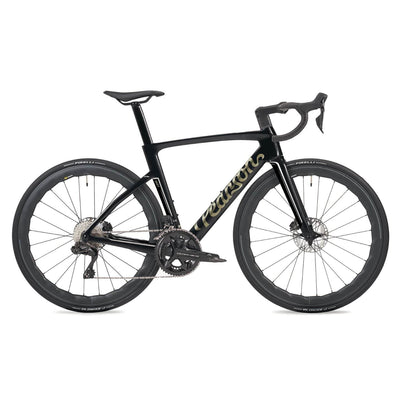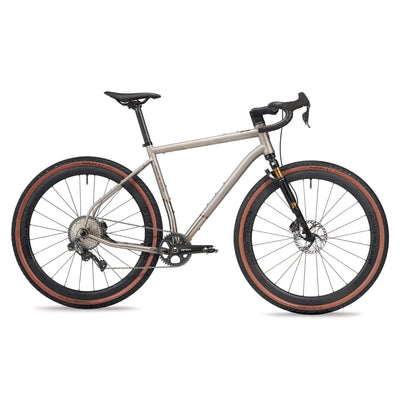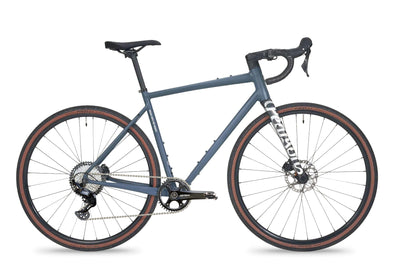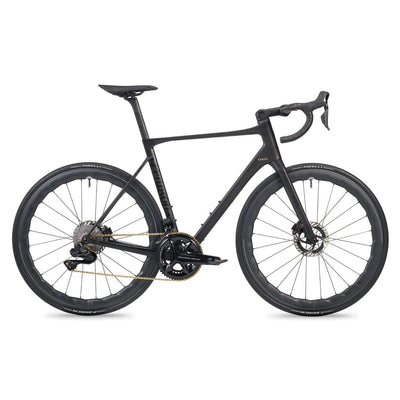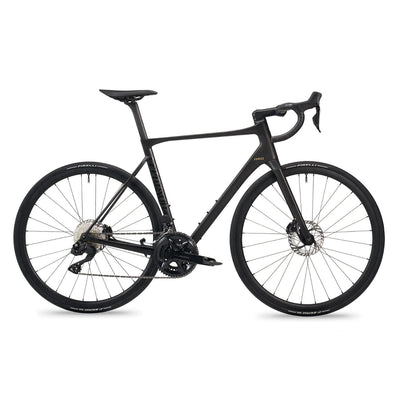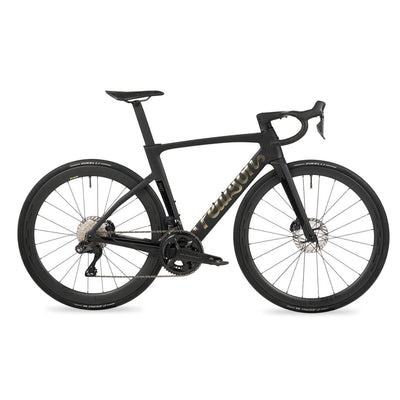The greatest invention of humankind?
In the week of World Bicycle Day, Pearson hails the mode of transport that, in these challenging times, is proving especially valuable. Is the humble bike one of our finest creations?
By Jack Buxton.
What is the greatest invention of humankind? A quick survey of the Pearson office prompted two answers – the iPhone and tea. An even quicker internet search produced some alternative candidates (with apologies to Apple's designer Sir Jonny Ive). Most commonly cited were the printing press, internet, penicillin and vaccines, lightbulbs and aeroplanes. There is, understandably, a bias towards science and technology; the steam engine, for example, or Charles Babbage’s first mechanical computer, crunching large numbers as early as 1822.

'I got nasty habits, I take tea at three.' - Mick Jagger
Some inventions are heralds of others. The printing press, for example, is a forerunner of the internet, although a similar claim might be made for Babbage’s machine. Academic types cite language itself as our most significant achievement.
But this isn’t really a bear-versus-lion pub debate, to find the greatest invention ever. It is an argument that depends on context or individual circumstance; you might just as easily choose contraception, nuclear fusion, or even the fishing rod. There are too many contrary positions. For example, one might say that medical advances have extended life to such a degree that we are increasingly struggling to cope with a growing elderly population. The flip side is that, at the turn of the 20th century, the greatest cause of infant death was something as innocent as measles.
The new Pearson: They don't make them like that anymore.
Rather, it is about acknowledging one glaring omission from most lists, an invention which has proved of immeasurable worth during lockdown – the bicycle. (It wasn’t that the humble bike failed to make our office poll, we just think it’s a given.) Affordable, practical and, crucially, endlessly fixable. Perhaps the greatest compliment to the bicycle is that, in the 200 years since the first ‘velocipedes’ appeared in Europe, its design has barely changed; two triangles, two wheels, fork, bars, seat. A design that is hard to improve upon, the antithesis of ‘planned obsolescence’. The machines worked on by our founder, Tom Pearson, are not all that different to those Pearson creates for its customers today.
Pearson Off Grid, featuring the GRX electronic gears our ancestors might use to turn in their graves.
That’s not to say there haven’t been advances. In 1885, John Kemp Starley introduced the first chain-driven rear wheel, which in turn led to the advent of geared bikes. The first rear derailleur, brainchild of French inventor Lucien Juy, appeared in 1928. The electronic gearing pioneered by Shimano, Di2, is practically old hat, having been with us for more than a decade. Steel begat carbon as carbon begat titanium.
Beyond engineering, the bike’s green credentials are impeccable. A bittersweet addendum is that China, the country responsible for producing nearly one third of Earth’s CO2 emissions, is also home to half the world’s 1bn bikes. Let’s not forget then, that riding a bike is also great fun. Exercise for the body, a tonic for the mind, the closest feeling to unpowered flight as most humans will get. The bike doesn’t discriminate on the basis of age and can be adapted to cross deserts every bit as effectively as it crosses town.

March, April and May's lockdown pick-me-up.
When an avowed petrolhead such as Grand Tour presenter James May comes out in favour of sprockets and spokes, you sense the tide is turning. “I maintain the bicycle is one of humankind’s greatest inventions,” May wrote in a recent article for The Sunday Times, “because all it really does is empower the pedestrian. It transforms the pummelling ugliness of walking into smooth and unstressed motion, just as the pistons and crankshaft of a car engine do, and improves the efficiency of the human machine.”
We couldn’t have put it (much) better ourselves. In the age of coronavirus, May went so far as to suggest the estimated £80bn pounds earmarked for the hotly debated HS2 rail project could be better spent on a carbon-frame bike – for every adult in Britain. Although the day Jeremy Clarkson wobbles through Hyde Park on a Brompton is probably some way off.
See the full Pearson1860 range of bikes here.

